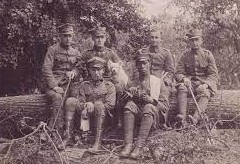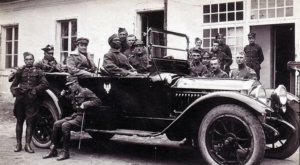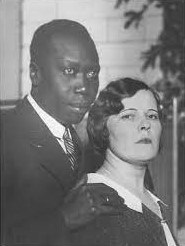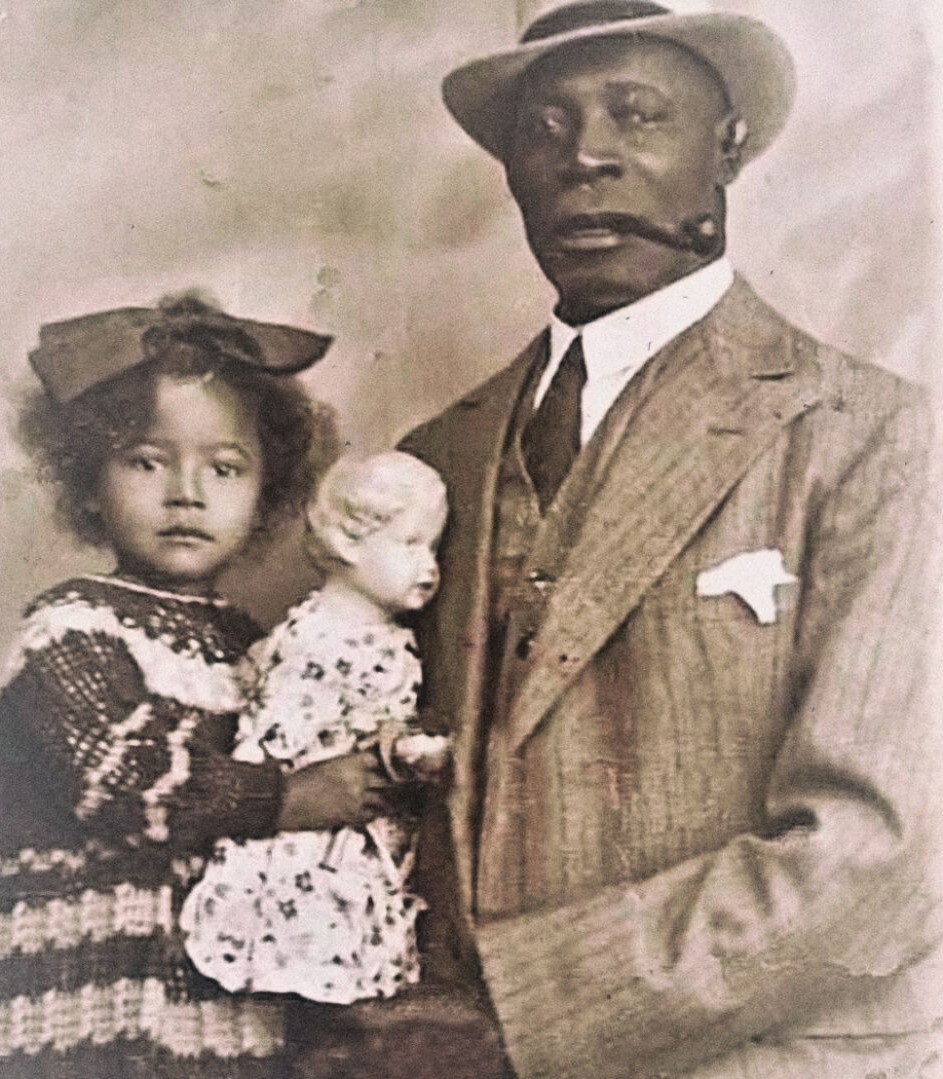Afro-Polish soldier and professional athlete Sam Mandi was born in what was formerly known as the German colony of Kamerun (today the Republic of Cameroon), circa 1895. During World War I Britain and France occupied the colony and Mandi joined the French army where he along with many thousands of sub-Saharan Africans, was deployed to Europe to fight German soldiers. Captured and made a prisoner of war, he was interned in a POW camp in a German-controlled region of western Poland. Freed by Polish forces, Mandi showed his gratitude by enlisting in the Polish army, one of 300 foreign fighters who assisted the Poles against the German Imperial Army.

Mandi was present when the crucial event in Poland’s history known as the Greater Poland Uprising erupted on December 27, 1918 in Poznań. One of the few soldiers who knew how to operate an automobile, he was assigned to be a driver in the 12th intelligence squadron and later was posted with the 3rd Wielkopolska Squadron at the Poznań Ławica. Fortunately, there is a photo of him in uniform sitting in the front seat a grand vehicle surrounded by a platoon of soldiers. When the uprising ended in June 1919 and national independence was achieved, Mandi chose to remain in Poland but relocated from western Poland to the capital city of Warsaw where he landed a job as taxi driver.

At some point in the early 1920s Mandi used his athleticism to make a career change and affiliated with a team of wrestlers from several countries who competed at the famed Staniewski Circus on Ordynacka Street which occasionally traveled cities outside Warsaw. Once described as a “wiry Negro,” over the years he bulked up until he was advertised as tall “mountain of muscle” weighing 200 pounds. Wrestling at that time in central Europe resembled today’s mixed martial arts (MMA) and was based on the French fighting of the so-called “savate” which allowed kicking and punching before pinning.
His signal contest on the mat occurred in 1930 when a crowd of 3,000 came to see, as announced, “Sam Sandi! Africa! Against August Michelsen, Bavaria!” Sandi won the contest and others against various opponents including the Japanese wrestler, Taro, the Serbian, Stojkic, and Polish strongman, Lubuśka. Sandi overcame injuries, cultivated a clean image, and maintained his reputation as a fair fighter in the ring.

As time passed Mandi assimilated into Polish society. He had a Polish passport, was baptized into the Catholic Church and given the name Józef, and he wed an aristocratic Polish woman whose disapproving parents subsequently disinherited her. Nonetheless, their successful marriage produced two daughters. The family resided in the Warsaw suburb of Toruń on the Vistula River. By the late 1920s Mandi was a popular, easily recognized public figure in Poland. It is not known if he ever returned to visit Cameroon or if he maintained contact with relatives there. A man who above all else “valued order and cleanliness,” Mandi, always tastefully dressed, spoke impeccable Polish, French, and English. He died of a stroke while walking on a street in Poznań on April 29, 1937 around the age of 42.

